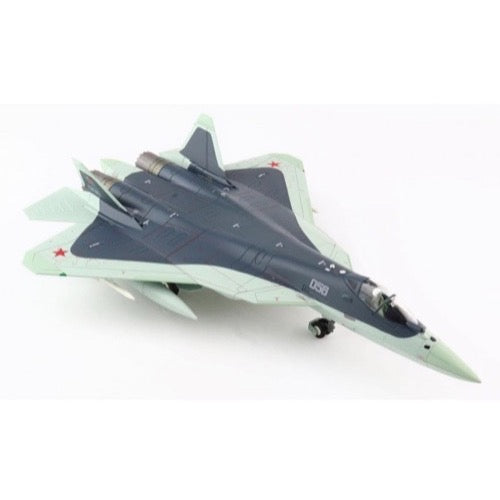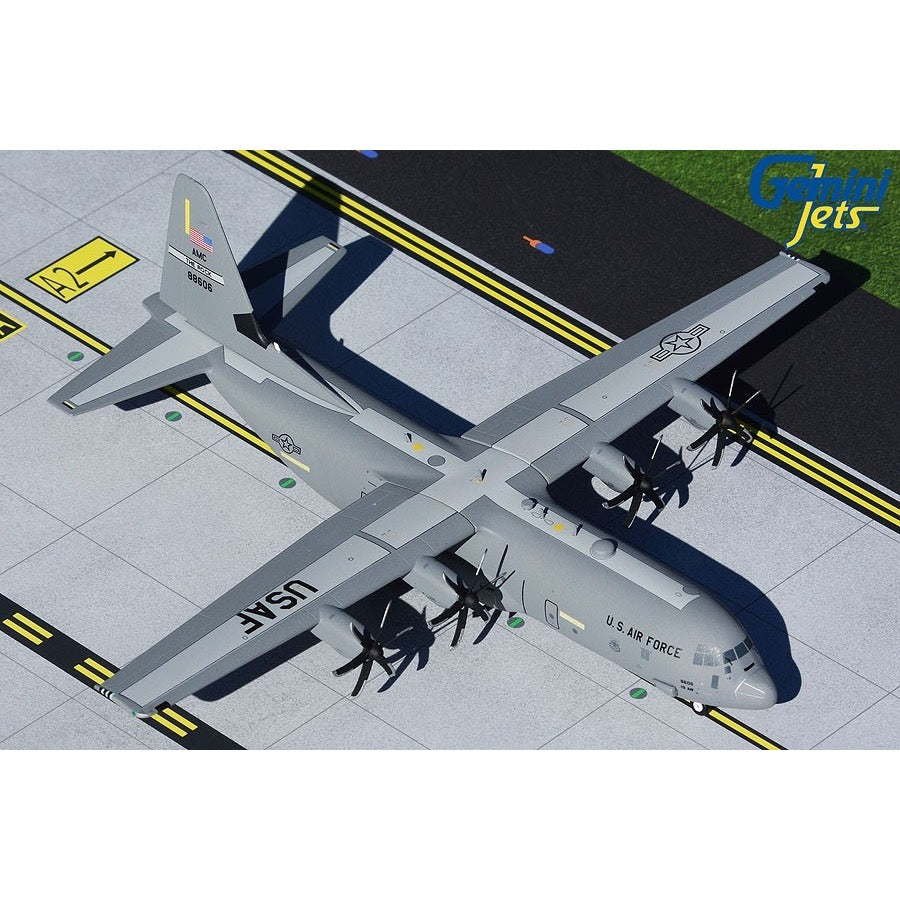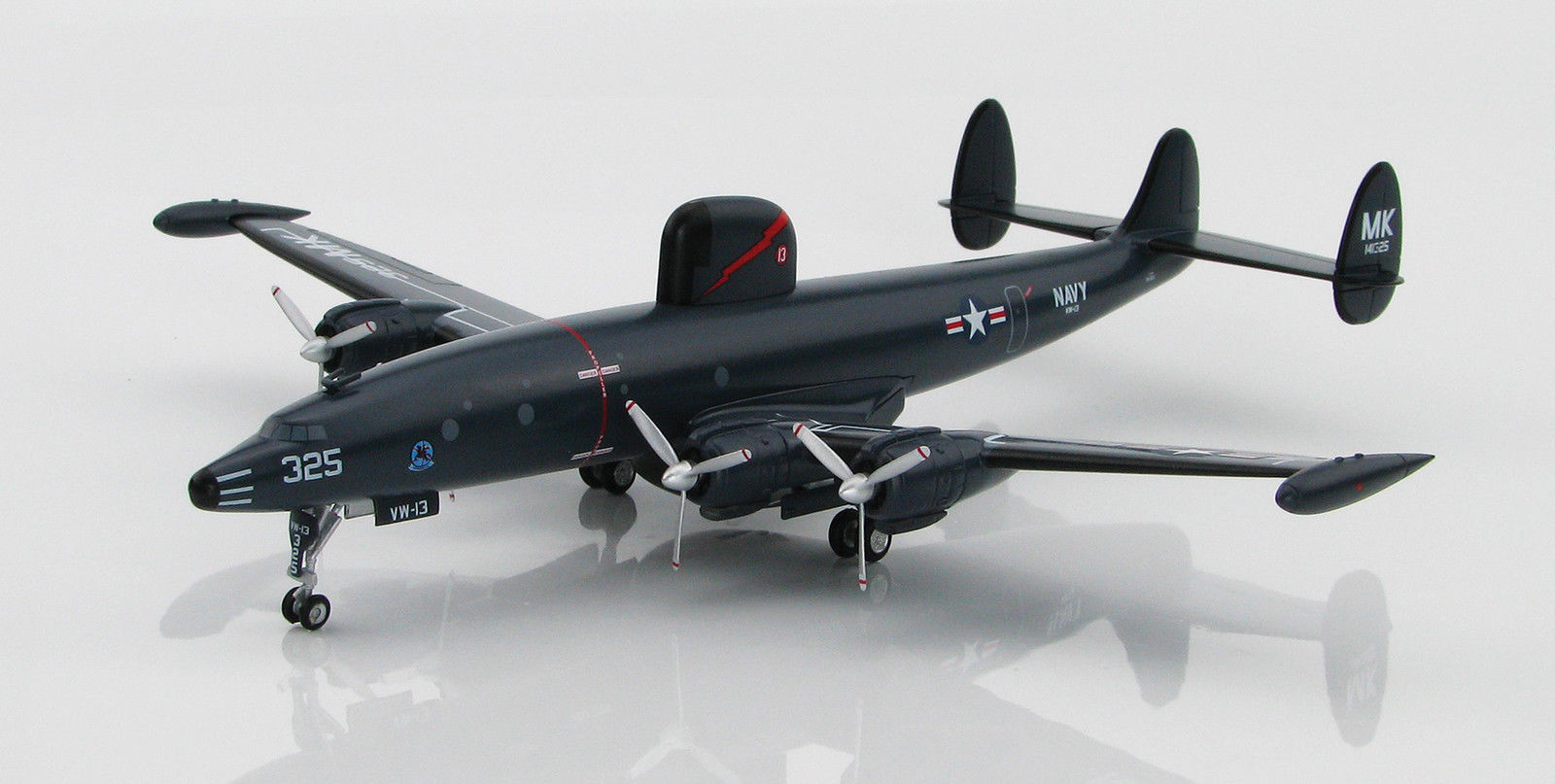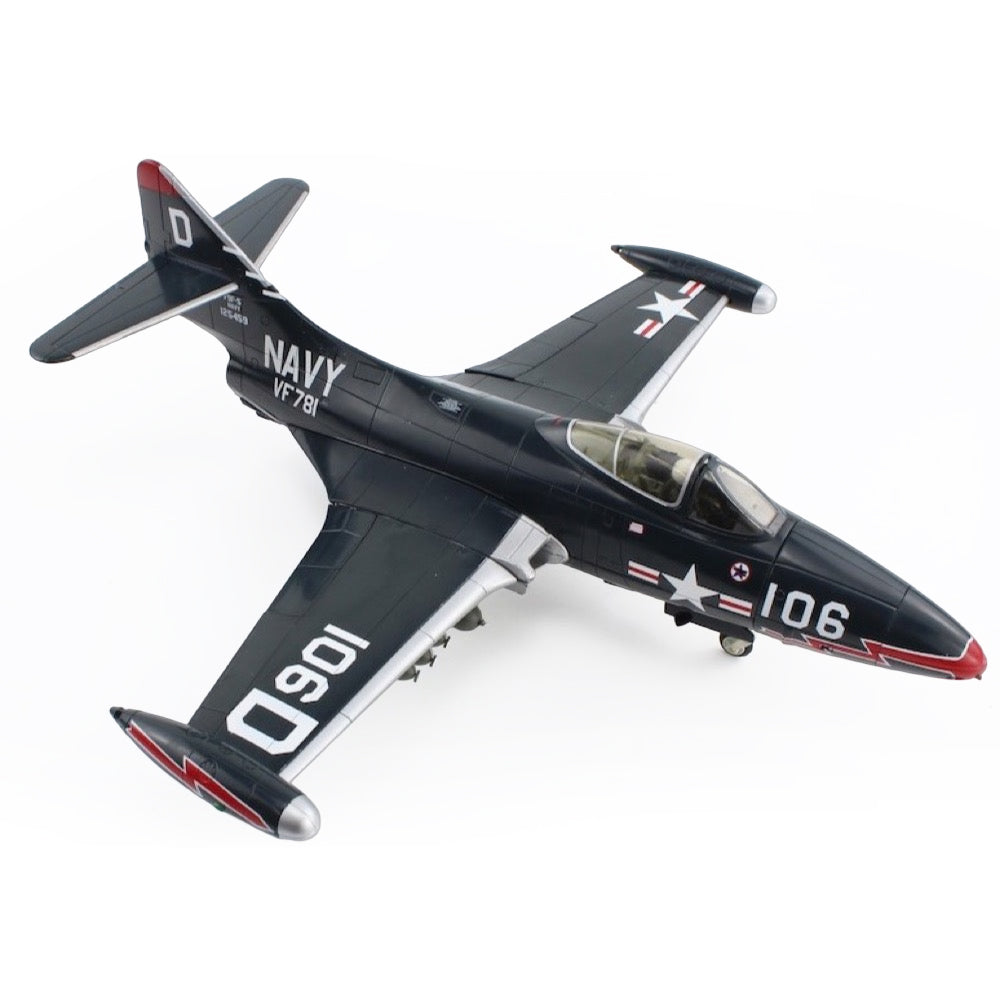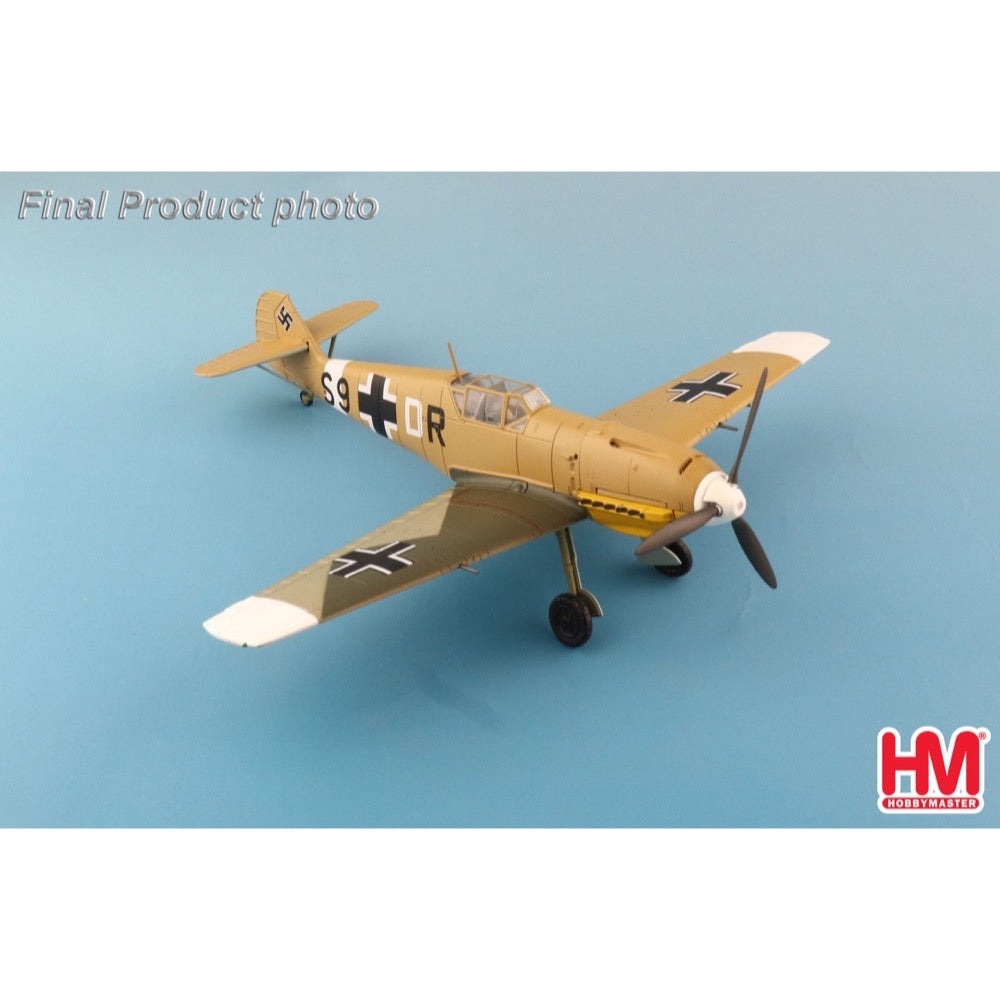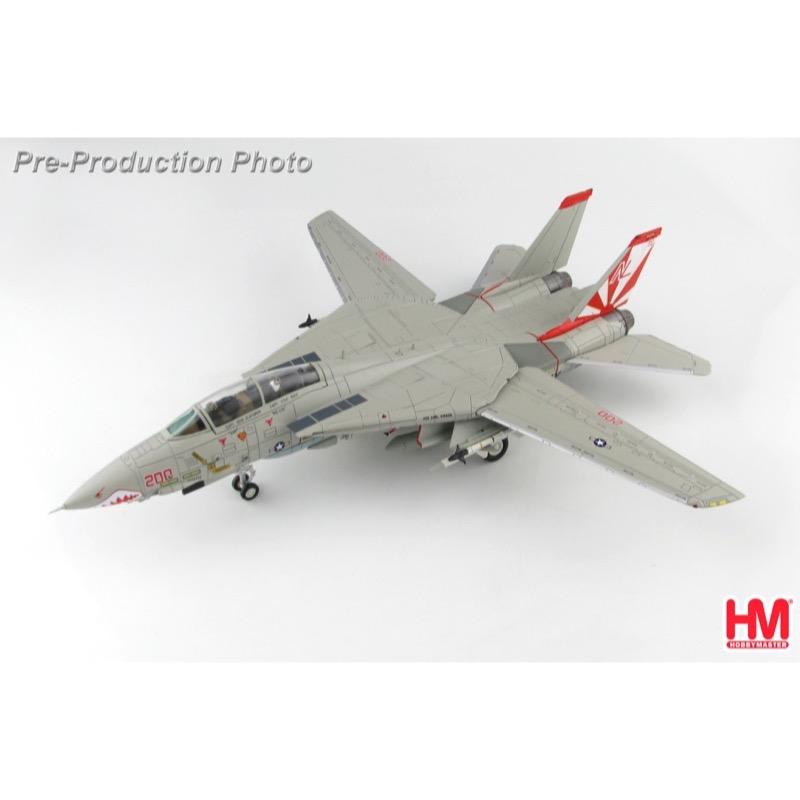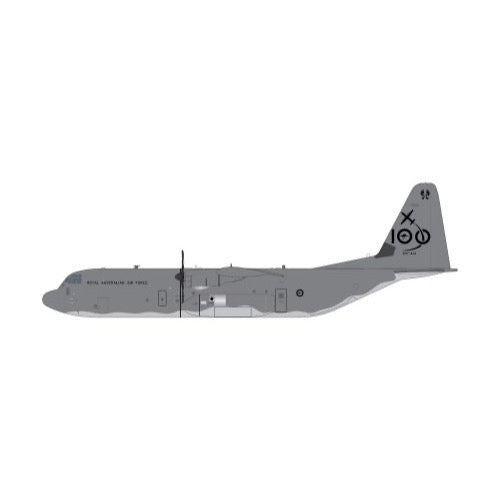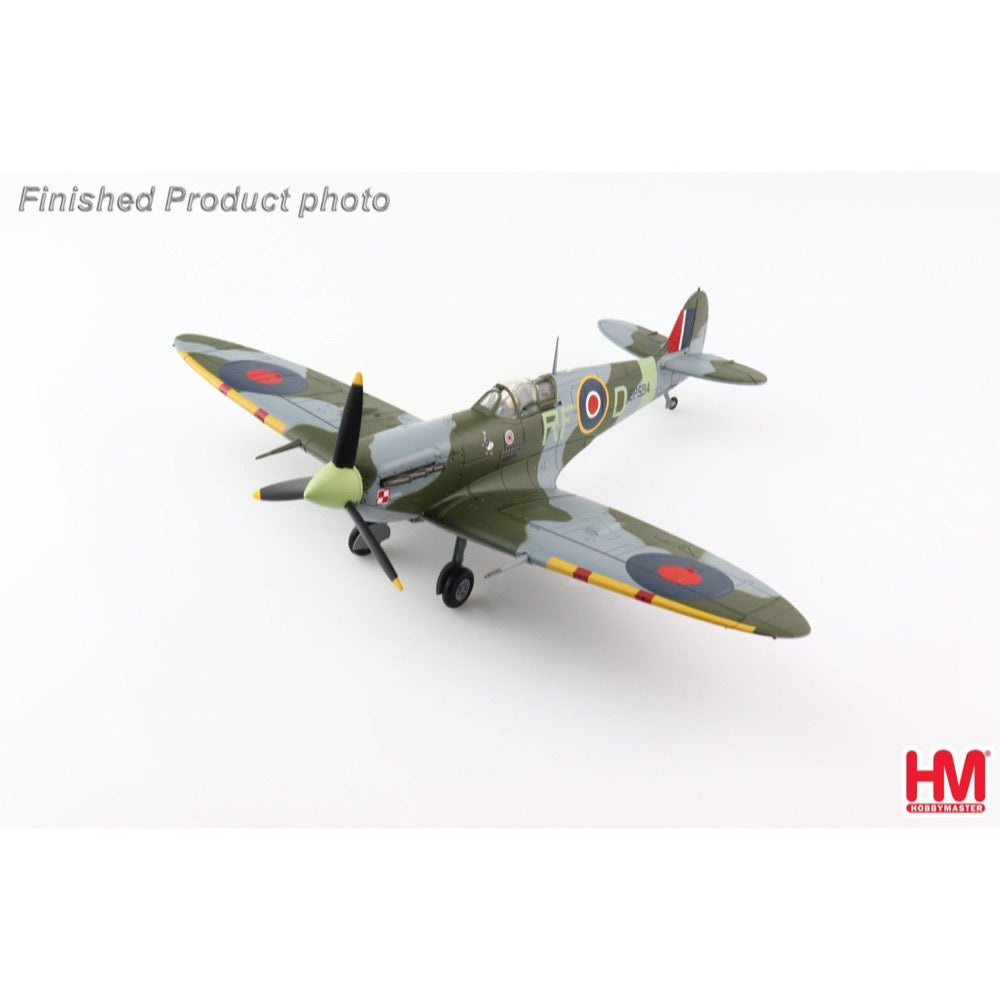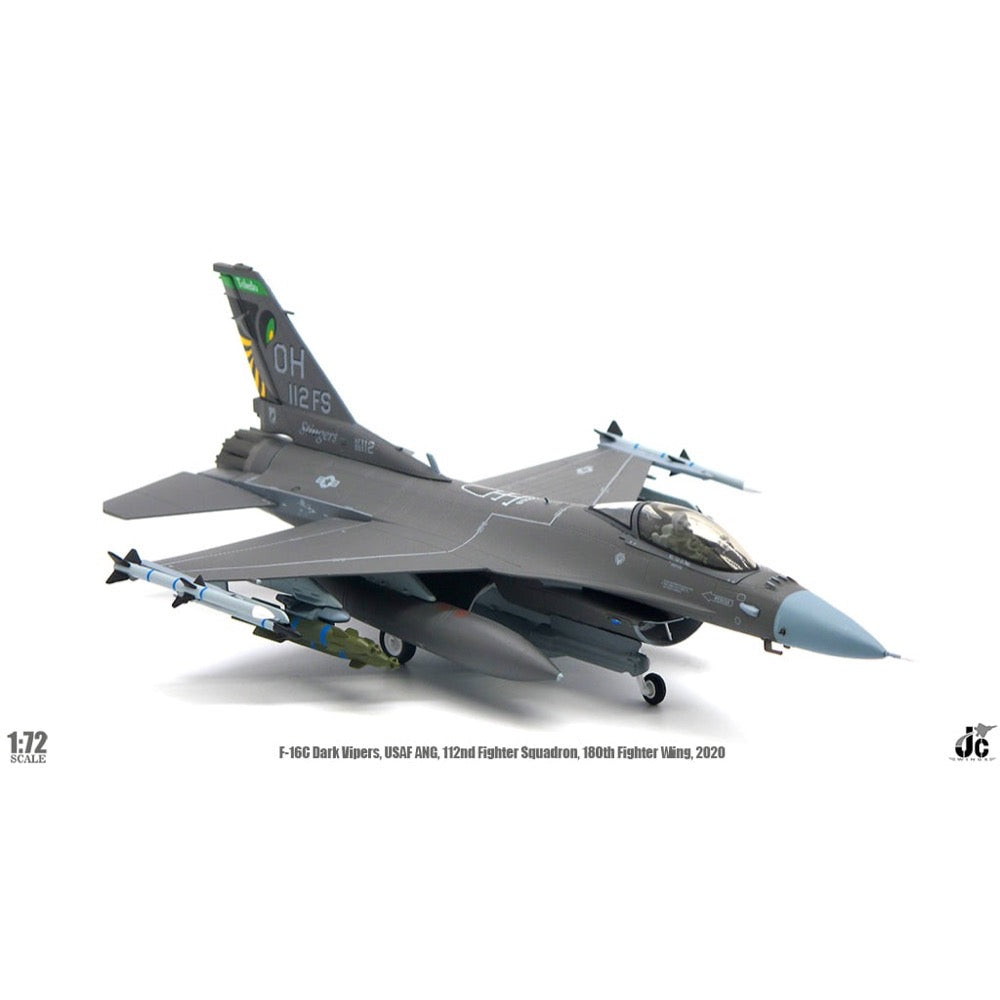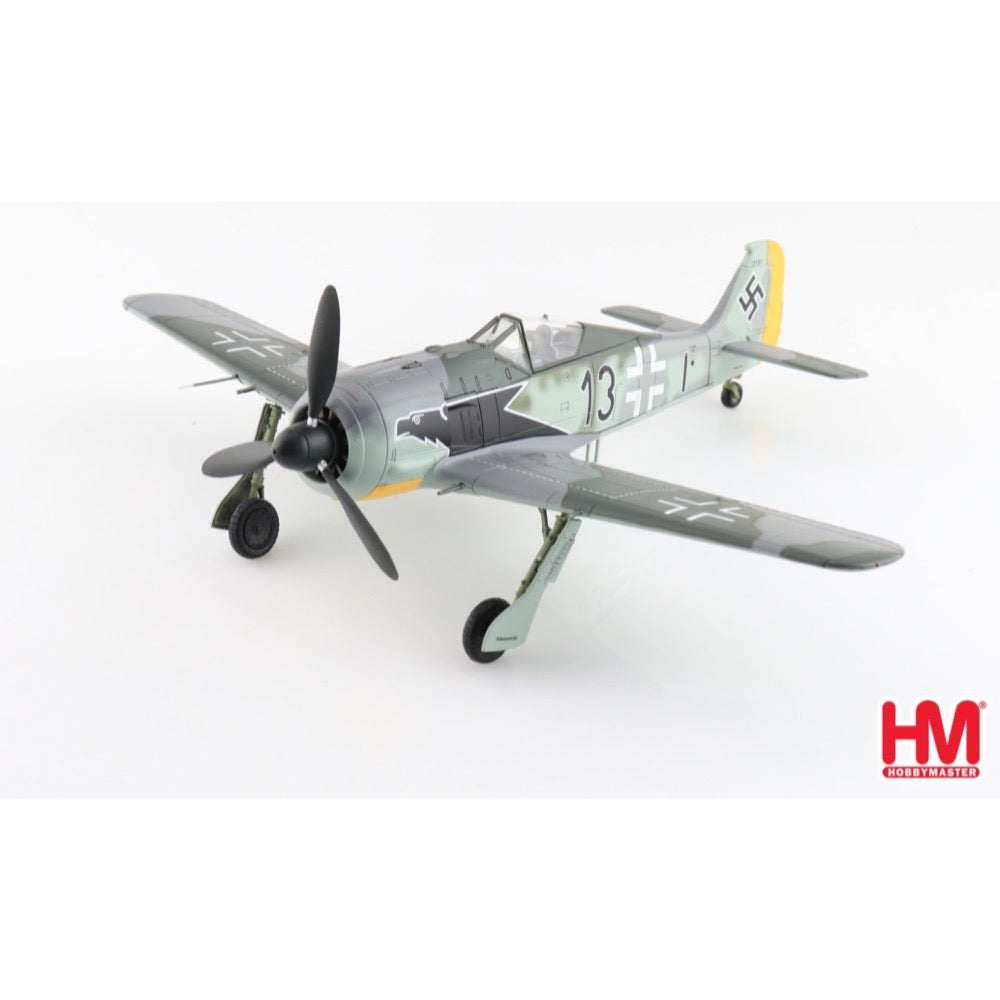
Hobby Master HA7429 1/48 FW 190A-3 Black 13 8/JG.2 Luftwaffe WWII
The Focke-Wulf Fw 190, nicknamed "Würger" (which means "Shrike" in German), was a German single-seat, single-engine fighter aircraft designed by Kurt Tank at Focke-Wulf in the late 1930s. Widely used during World War II, it became the backbone of the Luftwaffe's Jagdwaffe (Fighter Force). Powered by a twin-row BMW 801 radial engine, the Fw 190 excelled as a day fighter, fighter-bomber, and ground-attack aircraft. It outperformed the Spitfire Mk. V at low and medium altitudes. Although its high-altitude performance was limited, it paved the way for the later Focke-Wulf Ta 152. Over 20,000 Fw 190s were built.
Features
- Model is approximately 7.25" long with an 8.5" wingspan
- Die cast metal construction with some plastic components
- Includes pilot figure
- Optional-position landing gear
- Detachable ordnance loads
- Opening Canopy
- Display stand included
- Rotating Propeller

Postage Stamp 5386 1/150 F-117 Nighthawk USAF
The F-117 Nighthawk® is a single seat, twin engine stealth ground attack aircraft operated by the United States Air Force. Its iconic and revolutionary technology enabled it to attack its opponents while being virtually undetectable. The Nighthawk spent much of its early service life shrouded in secrecy, until it was “acknowledged” and unveiled to the world in November 1988.
This Die-cast metal airplane model comes in 1:150 scale with plastic stand and is approximately 5 1/2 inches long with 3 1/2 inch wingspan.
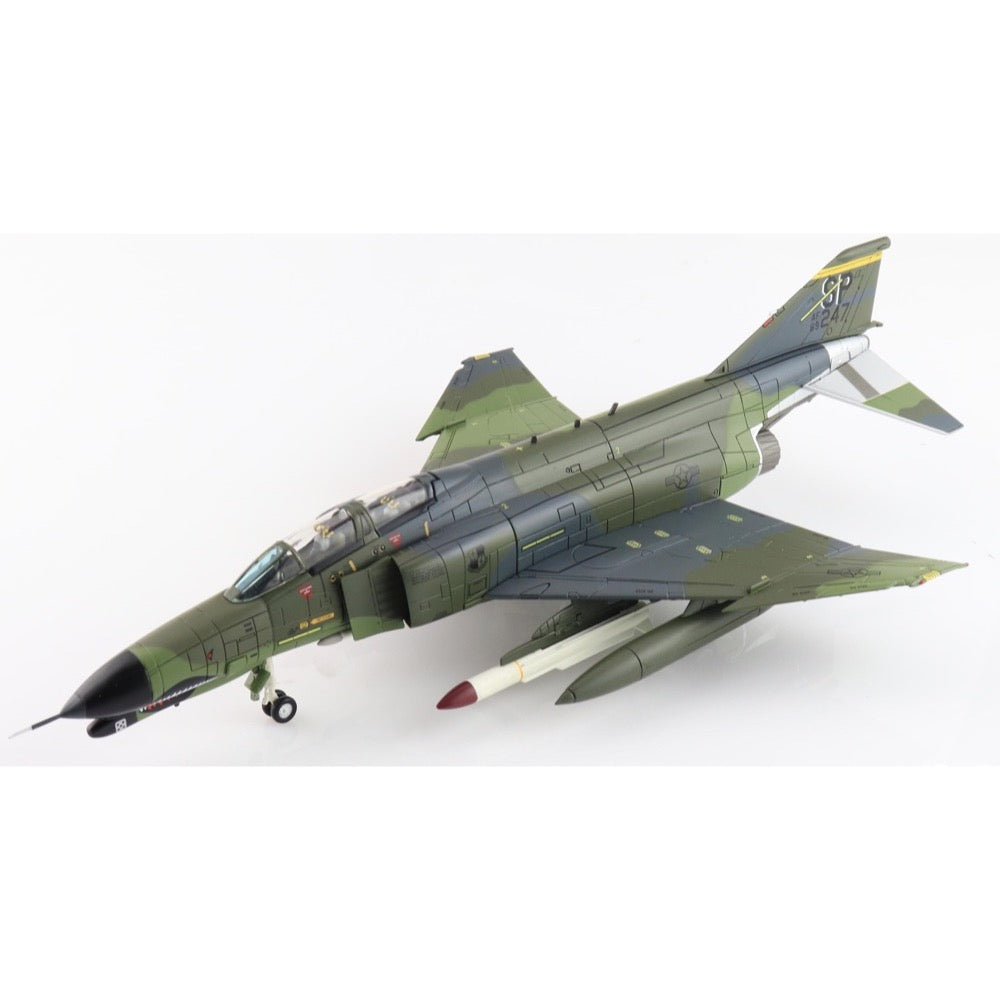
Hobbymaster 19058 1/72 F-4G Wild Weasel 69-0247 52nd TFW Spangdahlem AB 1985
Wild Weasel is a code name given by the United States Air Force (USAF) to an aircraft of any type equipped with anti-radiation missiles and tasked with the suppression of enemy air defenses (SEAD): destroying the radar and surface-to-air missile (SAM) installations of enemy air defense systems.The task of a Wild Weasel aircraft is to bait enemy anti-aircraft defenses into targeting it with their radars, whereupon the radar waves are traced back to their source, allowing the Weasel or its teammates to precisely target it for destruction.
The Wild Weasel concept was developed by the USAF in 1965 during the Vietnam War after the introduction of Soviet SAMs and their downing of American strike aircraft participating in Operation Rolling Thunder in the skies over North Vietnam. The program was headed by General Kenneth Dempster. "The first Wild Weasel success came soon after the first Wild Weasel mission 20 December 1965 when Captains Al Lamb and Jack Donovan took out a site during a Rolling Thunder strike on the railyard at Yen Bai, some 75 mi (120 km) northwest of Hanoi." Wild Weasel tactics and techniques were later adapted by other nations in subsequent conflicts, as well as being integrated into the suppression of enemy air defenses, a plan used by U.S. air forces to establish immediate air supremacy prior to possible full-scale conflict.
Initially known by the operational code "Iron Hand" when first authorized on 12 August 1965, the term "Wild Weasel" derives from Project Wild Weasel, the USAF development program for a dedicated SAM-detection and suppression aircraft. The technique was also called an "Iron Hand" mission, though technically this term referred only to the suppression attack before the main strike. Originally named "Project Ferret", denoting a predatory animal that goes into its prey's den to kill it (hence: "to ferret out"), the name was changed to differentiate it from the code-name "Ferret" that had been used during World War II for radar countermeasures bombers.
Features
- Diecast metal construction with some plastic components.
- Realistic panel lines, antennas, access panels and surface details.
- Pad printed markings and placards that won't fade or peel like decals, with stand, with landing gear


